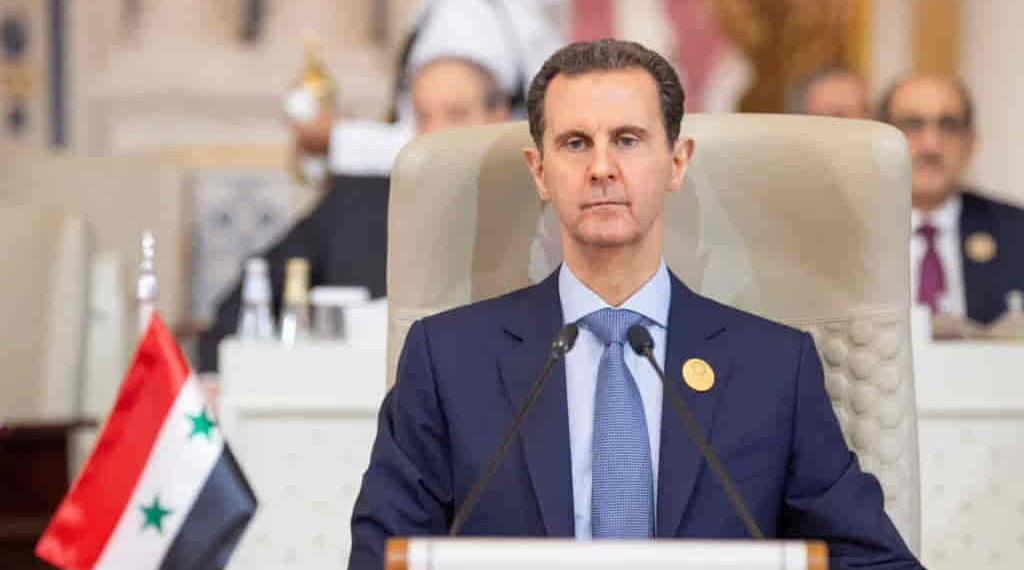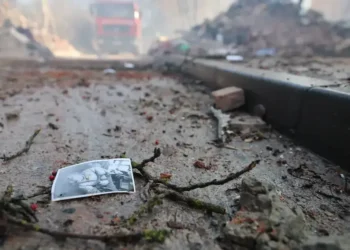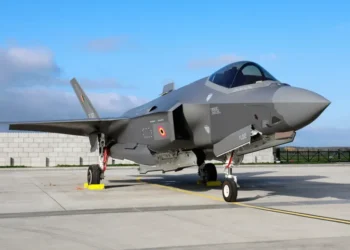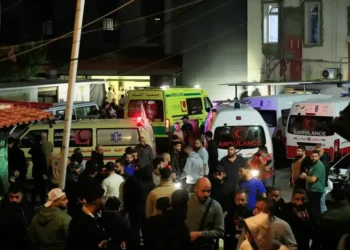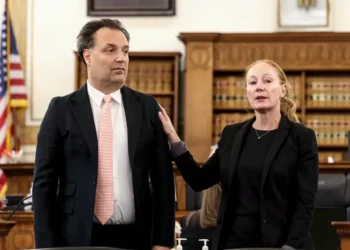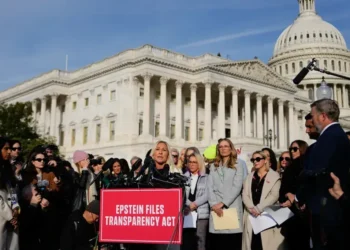Syria at a Crossroads: The Sudden Collapse of the Assad Regime
The Assad regime, long seen as a resilient force in the Middle East, collapsed with shocking speed, leaving Syria at a pivotal turning point. In less than two weeks, the regime, hollowed out by decades of corruption and decay, fell apart, taking many observers by surprise. This dramatic downfall marks the end of an era and ushers in a new chapter of uncertainty and potential transformation.
From Stability to Collapse
The Assad regime’s origins trace back to Hafez al-Assad, who seized power in a volatile Syria and built a ruthless system to ensure control. When power passed to his son Bashar in 2000, many Syrians hoped for reform. By 2011, amid the Arab Spring, the regime faced growing demands for change. Bashar initially retained some legitimacy due to his youth, promises of reform, and support for Palestinian and Lebanese causes. However, his decision to brutally suppress peaceful protests shattered any remaining trust.
The regime’s strategy mirrored that of a mafia-like structure, rewarding loyalty while crushing dissent. This system of fear disguised its deep weaknesses, which ultimately contributed to its rapid downfall.

International Missteps and Regional Dynamics
In recent years, the Assad regime became heavily dependent on support from Russia and Iran. Efforts by the United States, Israel, and the UAE to weaken its ties to Tehran only partially succeeded. While Israel’s strikes disrupted Iran’s supply chains to Hezbollah, and U.S. sanctions aimed to isolate Assad, these measures did not anticipate the regime’s imminent collapse.
Both Israeli and U.S. leaders have claimed partial credit for Assad’s downfall. Yet, it appears that the unraveling was more accidental than strategic. The collapse has shaken the region, dismantling Iran’s so-called “axis of resistance” and leaving Hezbollah weakened.
The Role of the Rebels
The decisive blow came from a well-organized rebel force, led by Hay’at Tahrir al-Sham (HTS), which positioned itself as a nationalist and Islamist movement rather than a jihadist group. Faced with a loss of morale, Syrian army conscripts refused to fight, signaling the regime’s loss of control. HTS leader Abu Mohammad al-Joulani has since emerged as a de facto leader, calling for national reconciliation and coexistence among Syria’s diverse communities.
A Fragile Future
Despite Joulani’s calls for unity, Syria remains fragmented. Dozens of armed groups operate independently, tribal militias in the south assert their autonomy, and remnants of the Islamic State persist in the eastern deserts. The absence of a unified leadership risks plunging the country into further chaos, echoing the violent aftermaths of regime changes in Libya and Iraq.
The need for a stable and inclusive governance structure is critical. A reformed Syrian Arab Army could play a stabilizing role, avoiding the mistakes made in post-invasion Iraq, where disbanding the military led to widespread instability.

Regional and Global Implications
The fall of the Assad regime reverberates across the region. Turkey’s President Erdogan, having supported rebel-held Idlib, now sees an opportunity to expand influence. Israel, concerned about an Islamist-led Syria, continues to target military installations. Meanwhile, Iran faces the collapse of its key regional ally, potentially prompting it to reassess its strategies, including the possibility of pursuing nuclear capabilities.
The Path Ahead for Syrians
Syria’s future hinges on whether its people can take charge of their destiny. Decades of authoritarian rule and external manipulation have robbed Syrians of agency. The best-case scenario involves fostering national reconciliation, avoiding revenge-fueled chaos, and rebuilding a country grounded in justice and inclusion.
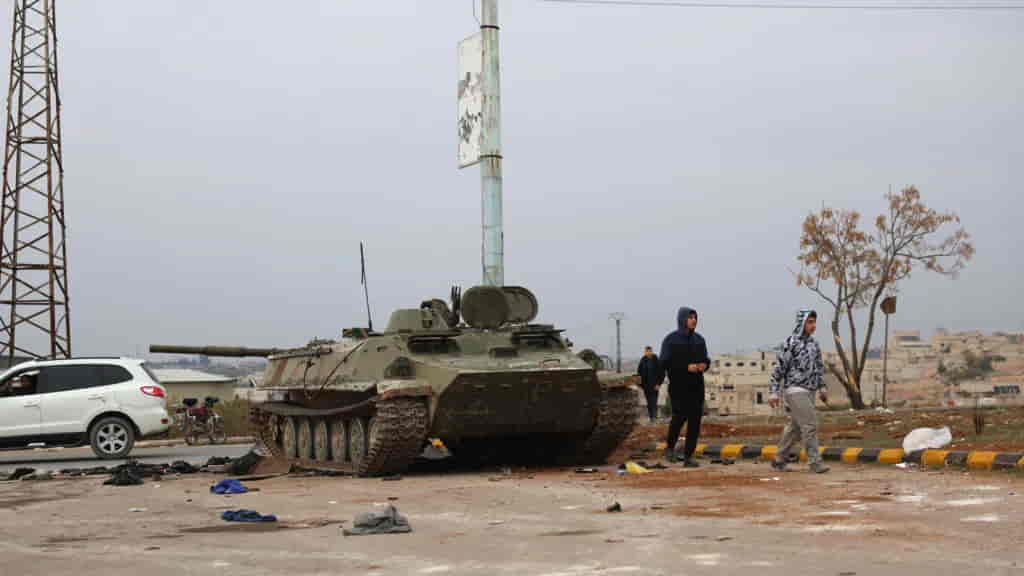
The fall of Assad is both a moment of liberation and a daunting challenge. Whether Syria can seize this opportunity to rebuild or succumbs to further turmoil remains uncertain. One thing is clear: the decisions made in the coming months will shape the nation’s fate for generations to come.
This article was rewritten by JournosNews.com based on verified reporting from trusted sources. The content has been independently reviewed, fact-checked, and edited for accuracy, neutrality, tone, and global readability in accordance with Google News and AdSense standards.
All opinions, quotes, or statements from contributors, experts, or sourced organizations do not necessarily reflect the views of JournosNews.com. JournosNews.com maintains full editorial independence from any external funders, sponsors, or organizations.
Stay informed with JournosNews.com — your trusted source for verified global reporting and in-depth analysis. Follow us on Google News, BlueSky, and X for real-time updates.
